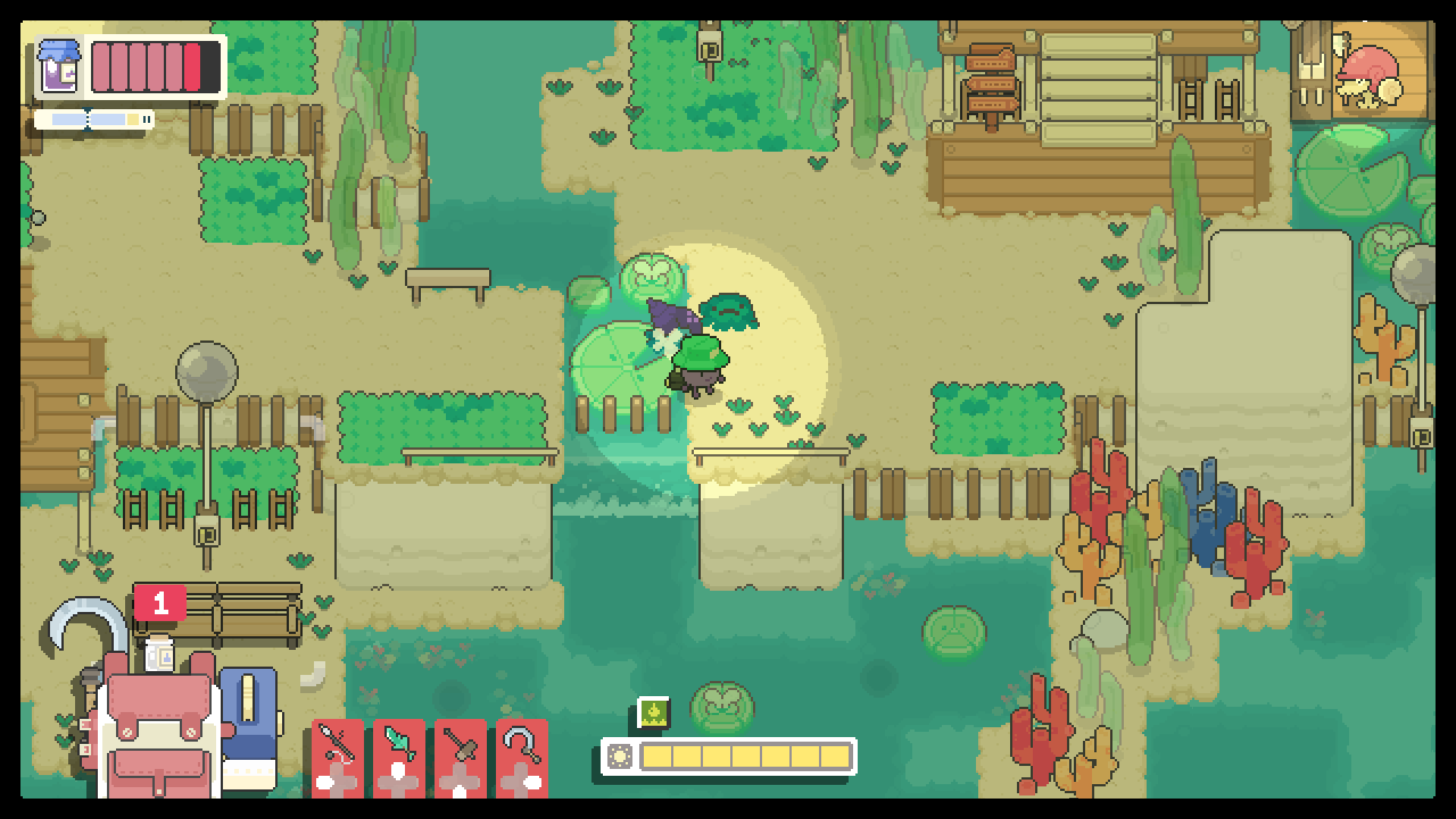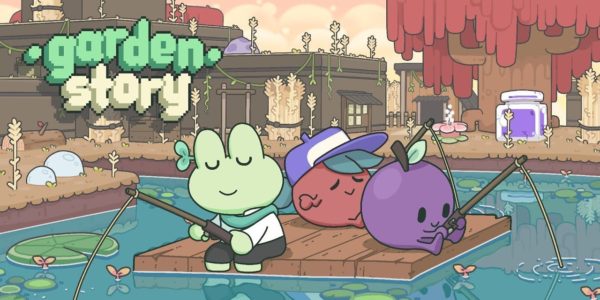


On the bright side, the game looks and sounds great. You can always trek to one of the many storage boxes to drop stuff off as you’re doing tasks, or just build one where it’s allowed, but this is only a Band-Aid for the real problem bogging down the flow of the game. The art style, soundtrack, and story are great and give anyone that loves a good cute RPG a great deal. Combining wanted-for-help quests with Zelda-esque dungeon crawls, the game offers the best of both worlds. In a game like this it’s entirely out of place and gets irritating very fast. Garden Story took me by surprise, and even with its pacing problems, it felt like a nice change of pace. In a game like Resident Evil, I can forgive small inventory space which forces strategic survival. The downside is that your inventory space is really limited, and every day you spend just doing normal tasks you will fill your bag very quickly. This helps you feel like your character is constantly growing, which I really love about this game. These materials can be used to complete requests, or later in the game be used to build things around the world to help you complete tasks or use it to buy/upgrade your gear. Most objects you destroy will drop some kind of material you can use. This is the only way to allow you to progress the main story and overstays its welcome quickly. This would not be so much of an issue if you only had to do this a couple times per village, but the further you go, the more you have to grind these requests to level up the attributes of the village. By the time you reach the end of the main story in the second (of four) villages, you will notice a distinct pattern in what the requests will require of you: destroy rot in X location, deposit X item in a foraging box or interact with objects in X location (usually involving giving up some kind of item). It is a gameplay loop that would work in a satisfying way if the Request Board’s quests weren’t so repetitive. As you complete these quests, you will level up one of three attributes for your village, which will in-turn result in further quests, more things to do and better gear to acquire.

You do this by walking around and completing various requests from the residents. The purpose of the game is to help create thriving villages by solving the residents’ problems and ridding the world of rot. The game is like a cross between A Link to the Past and Stardew Valley, with an emphasis on the former. It's a unique blend of Zelda-like exploration, combat and puzzle-solving paired with the simple charm of RPGs and games like Stardew Valley that make it a unique offering in the gaming space and can help to create spaces for conversation about the natural world and our responsibility for it.So how does the game actually play then? Pretty solid, if I’m being honest. There is also little difficulty increase as you progress, so it is accessible to a wider range of players. At the end of each village's primary quest, there's a dungeon with puzzles and a boss battle. There's a deep combat system, skill tree and potions, each of which offers different advantages to you. As well as nurturing the four seasonal towns (one for each season) in The Grove by helping their residents, you need to fight against the rot invasion with the help of your friends Rana, Elderberry and Fuji.Īlthough on the surface, the game appears similar to other tend and befriend titles, where you complete side quests and daily missions for the inhabitants, the primary gameplay is actually more complex.Īs you defeat rot in each of the four towns, you discover each responds differently to attack. You play Concord, the youngest grape in The Grove, who must become the guardian of the land after the previous protector vanishes. It has prevalent themes of environmentalism and care for nature, and its unique pastel pixel-art style combined with its relaxing music and whimsical story create an aura of calm and differentiate the game from others. You defend your garden-home from an invasion on malignant rot monsters and restore peace to the land and its inhabitants, all of which are fruit. It also features combat, dungeons and puzzles similar to the Zelda games. Garden Story is a role-playing adventure, crafting and farming game similar to Stardew Valley.


 0 kommentar(er)
0 kommentar(er)
